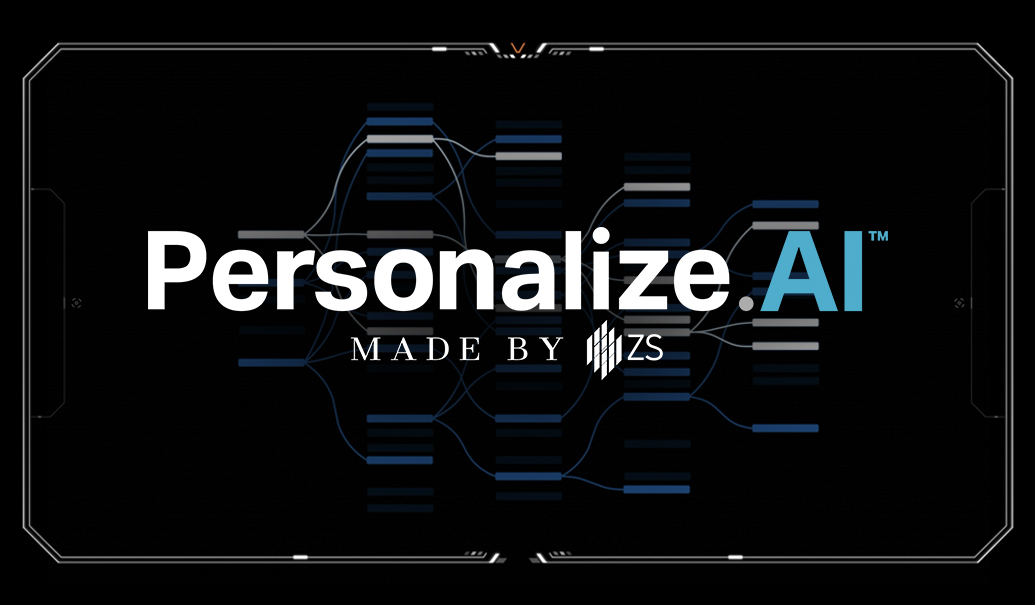One of the big challenges global analytics teams or capability leads face is how to set up the analytics operating model. For a single-country capability, decisions on operating model are simpler compared with a global capability that must consider various countries and business units with different needs and expectations.
Before designing the operating model, it’s important to align the organization around a core purpose or a true north, which could be patient centricity, customer centricity, decision-driven analytics, machine-led analytics or some other guiding principle.
A successful operating model also requires an optimal BuCa (Business focus and Capability focus) balance:
- Business focus team – This team is responsible for working closely with the business stakeholders to understand the question they want answered and then either executing the requisite analytics or working closely with the team leading execution, and managing the change with the business to drive action based on insights.
- Capability focus team: This team is responsible for capability development, which includes thought leadership on how to best organize, source and retain the best talent (internally or with partners), and on the most effective approach and methodology. In addition, for a given business question, this team typically defines the methodology and approach, executes the analysis and delivers the insights.
Optimal balance is important regardless of the analytics capability’s scope. For instance, one pharmaceutical organization with a global analytics team organized as business and capability was able to increase the number of country-brand combinations for which marketing-mix analytics was performed by 3x in one year because of optimal balance. The business focus team worked on codifying the methodology incorporating local nuances, while the capability focus team concentrated on designing assets (like R-shiny app) to automate production for cost-efficient scaling across countries and brands.
Balance is easier to adjust “on the fly” with analytics focused on a single market or region because of the capability’s inherent smaller scale and concentrated leadership. However, with a global capability, getting the balance right during set-up is much more critical, as on-the-fly adjustments are extremely difficult and make change management significantly more challenging.
Achieving the right balance requires the right size and structure of both teams.
“Achieving the right balance requires the right size and structure of both teams.”
How to determine the size?
The business focus team must have a very good understanding of the business, which often requires a business partner role. The number of business partners and their organization will depend on the size of the business focus team, which also correlates with the scope of the team’s responsibility. For example, if business partners are only responsible for business coordination and no delivery, a smaller business focus team will suffice. A progressively larger team is needed if the business partners are also responsible for select delivery or all delivery. The team’s functional scope—for instance, digital analytics versus all analytics, or reporting plus analytics plus forecasting—also will influence team size.
The capability focus team needs deep expertise in a functional area—such as commercial analytics, forecasting or digital—as well as the ability to drive innovation and continuous improvement by finding new questions to answer, using new data and techniques for existing questions, and automating certain activities. This team’s size mainly depends on its scope in terms of capabilities, service lines, geographies covered and activities covered (i.e., how delivery is split with the business focus team).
We have seen business focus teams representing 20% to 40%, and capability focus teams 60% to 80%, of the total analytics team size, depending on the number of service lines and markets covered and the role split with the capability focus team. Allocation of the business focus team (business partner plus select delivery) can be one to three people per key market when the focus is limited to a specific type of analytics (such as omnichannel or Sales force effectiveness); and reach four to 10 per key market when three or more service lines are involved (for example, reporting, commercial analytics and forecasting).
Capability focus teams, in our experience, range from 10 to 15 or 20 to 30 people for the European Union region when the scope is mainly commercial analytics and reporting. The size can reach the hundreds when the scope increases to other functional areas and geographies and includes an innovation pillar. Many big pharma companies have 200, 300 or even more than 500 people on their analytics team including partners, where the scope can include commercial analytics, data science, forecasting, reporting and commercial operations for either all markets/brands or key markets/brands comprising 80% to 90% of total company revenue.
How to structure?
To make it easy for the business to engage with the analytics capability, we recommend structuring the business focus team so that one business stakeholder has only one business partner to liaise with (a given business partner will, of course, serve multiple business stakeholders). A subset of the business focus team typically sits as close to the business as possible, with a common language where possible. Reporting lines for the business partners varies from local leadership to global capability leadership. We recommend having a reporting line to the capability instead of local leadership, as it allows the analytics team to have an independent view of local performance and opportunities.
While clear and obvious alignment with the business is key for the business focus team, the capability focus team must be aligned with the vision and strategy and be able to handle various types of analytics, including:
- Ad hoc analytics via people leveraging frameworks and assets
- Innovative analytics via data science expertise leveraging exploratory infrastructure
- Defined analytics via harmonization of approach or methodology and automation moving toward always-on analytics applications
- Operational analytics that are automated and self-serve
In addition, the capability focus team needs strong processes to govern its work and to move activities from ad hoc and innovative analytics to defined and, ultimately, operational analytics. Some companies are pooling resources in an analytics shared service for both business and capability focus team. Doing so creates economies of scale and breadth of expertise that enables a company to take a business question and drive it from innovation to scale and embed it into the business process.
To be sure, there’s no one-size-fits-all when it comes to the analytics operating model. That’s why it’s critical to systematically think about both size and structure to set up a sustainable analytics capability that drives innovation and significant business impact and value—at scale.
















